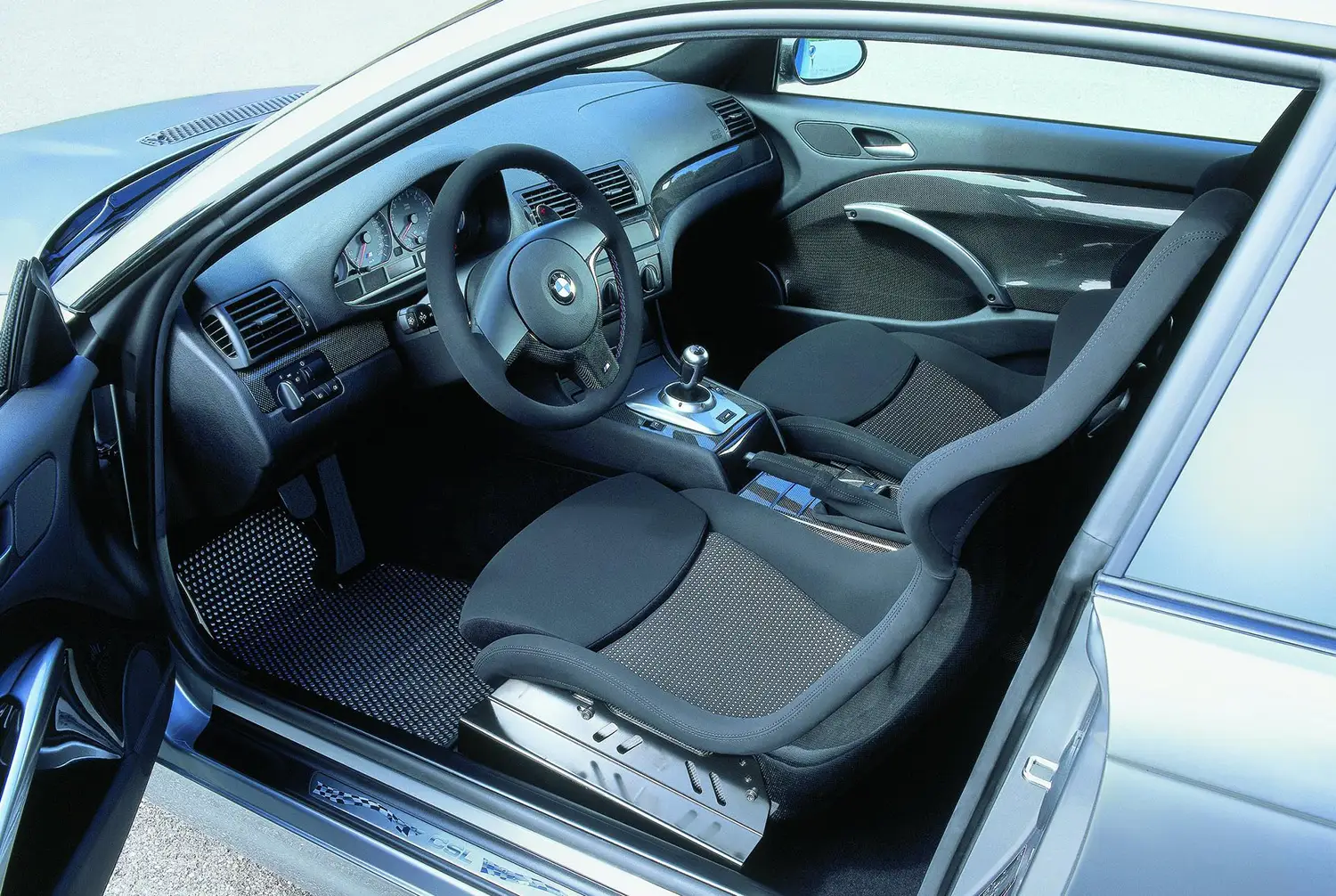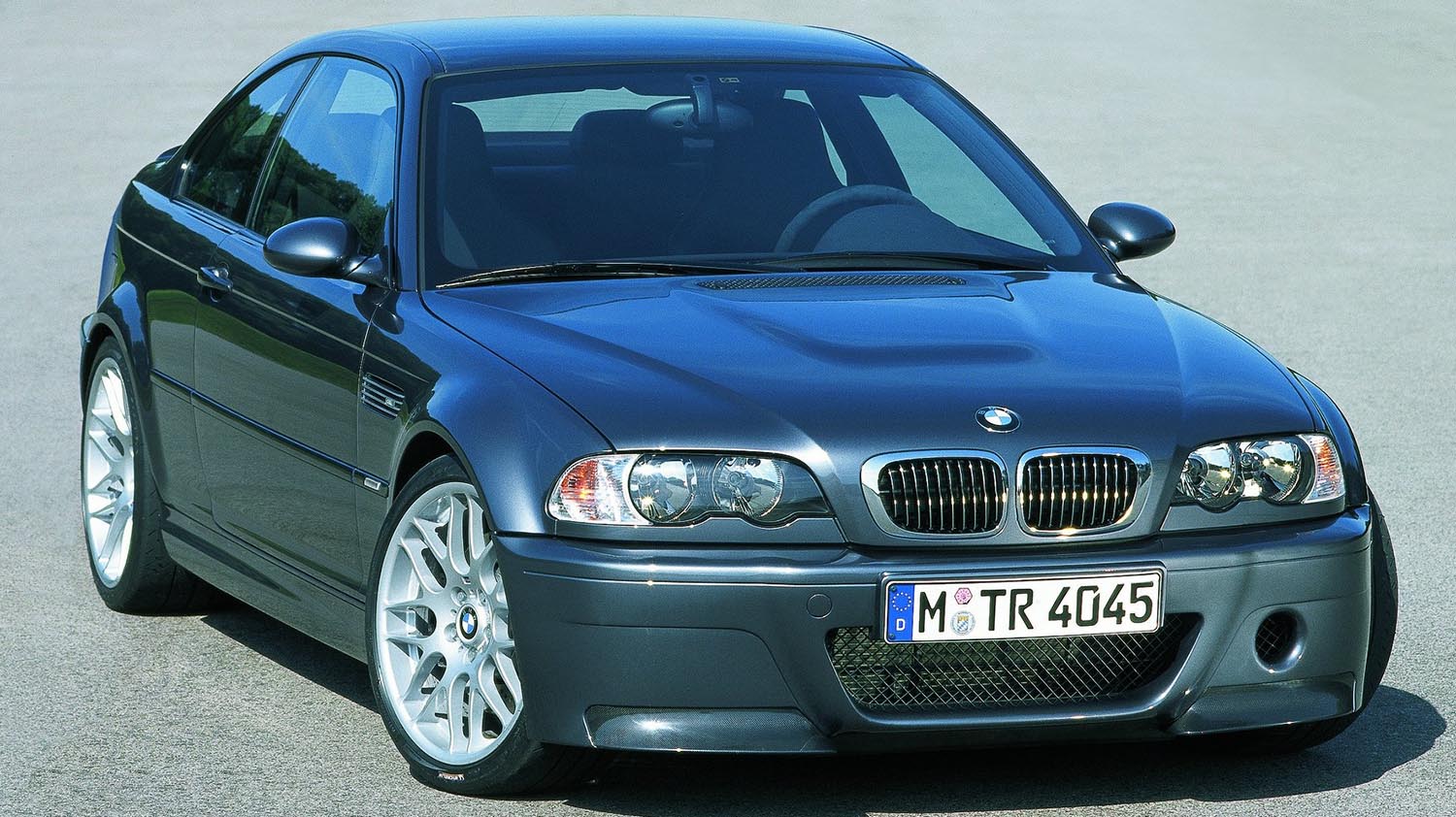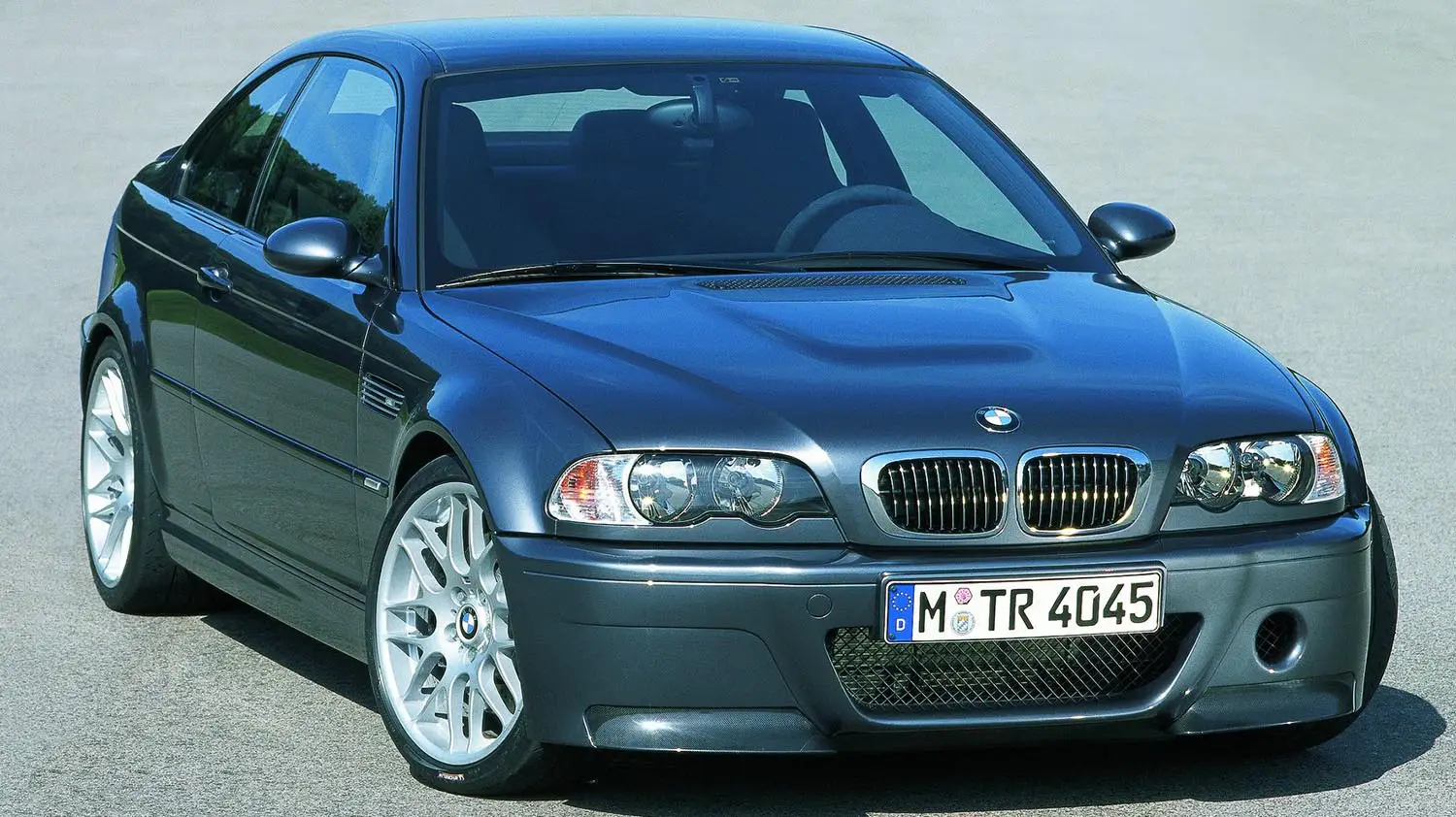
The year 2003 marked the arrival of a special vehicle that had already captivated enthusiasts at the 2001 Frankfurt Motor Show: the 2003 BMW M3 CSL. This abbreviation, standing for “Coupé, Sports, Lightweight,” perfectly encapsulated the car’s philosophy. It was not merely a faster M3; it represented a return to BMW’s core performance values, delivering an experience rooted in motorsport. The CSL quickly cemented its place as a modern classic, building on a storied tradition.
This approach to lightweight construction was not new for BMW. It traced its lineage back to the legendary 328 Mille Miglia Touring Coupé of the 1930s. However, for the M3 CSL, BMW engineers reinterpreted this theme with a fresh perspective, focusing on intelligent material use.
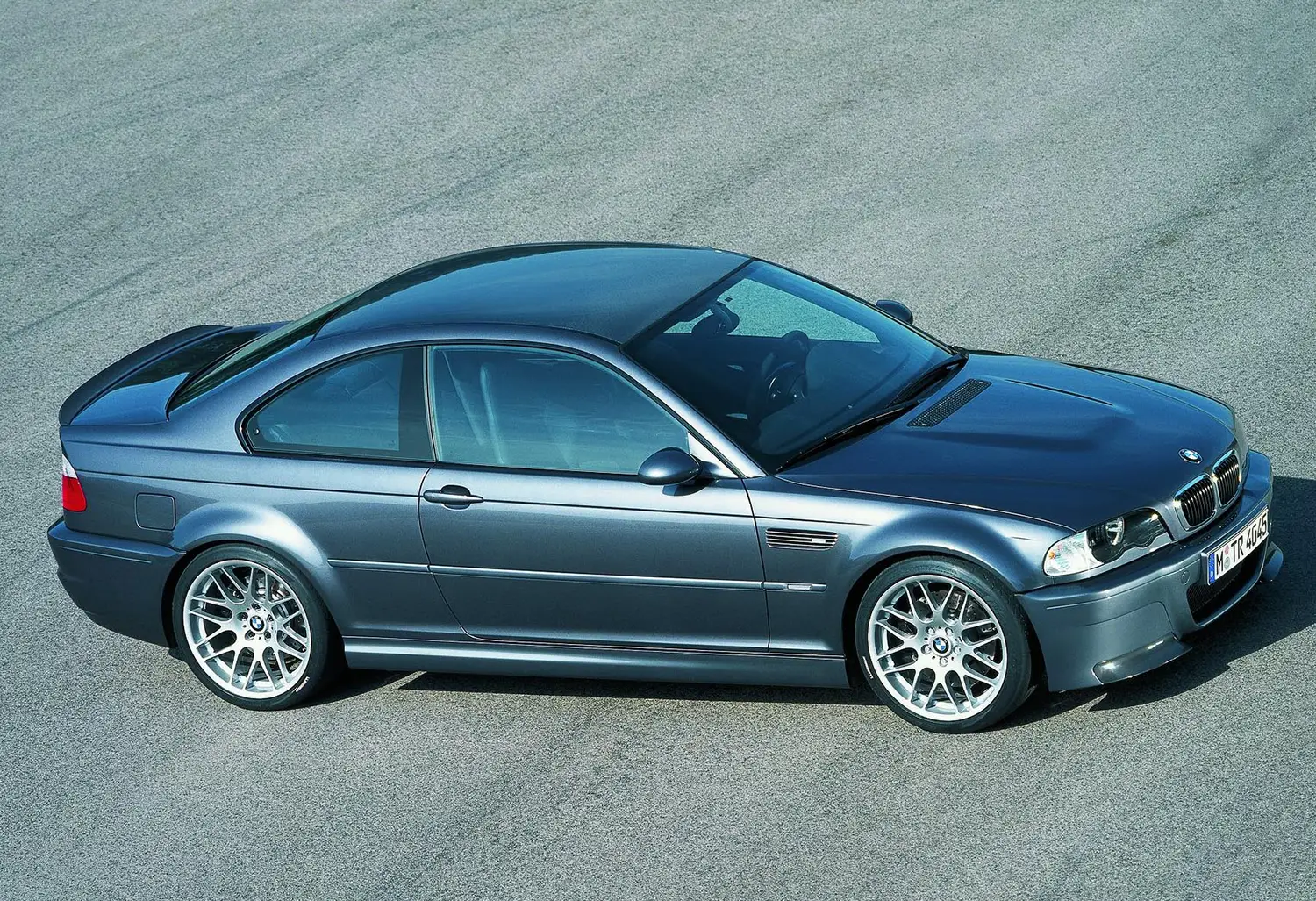
Intelligent Lightweight Engineering
The development of the M3 CSL centered on a crucial principle: intelligent lightweight engineering. This meant strategically reducing weight by employing the most appropriate materials in specific areas. It was far more sophisticated than simply stripping out components from the regular M3.
Consequently, BMW’s experts successfully reduced the weight of the M3 by over 110 kilos, or 243 pounds. The CSL version weighed in at a remarkable 1,385 kg (3,054 lb). This significant weight reduction directly contributed to its exceptional agility and dynamic performance capabilities.
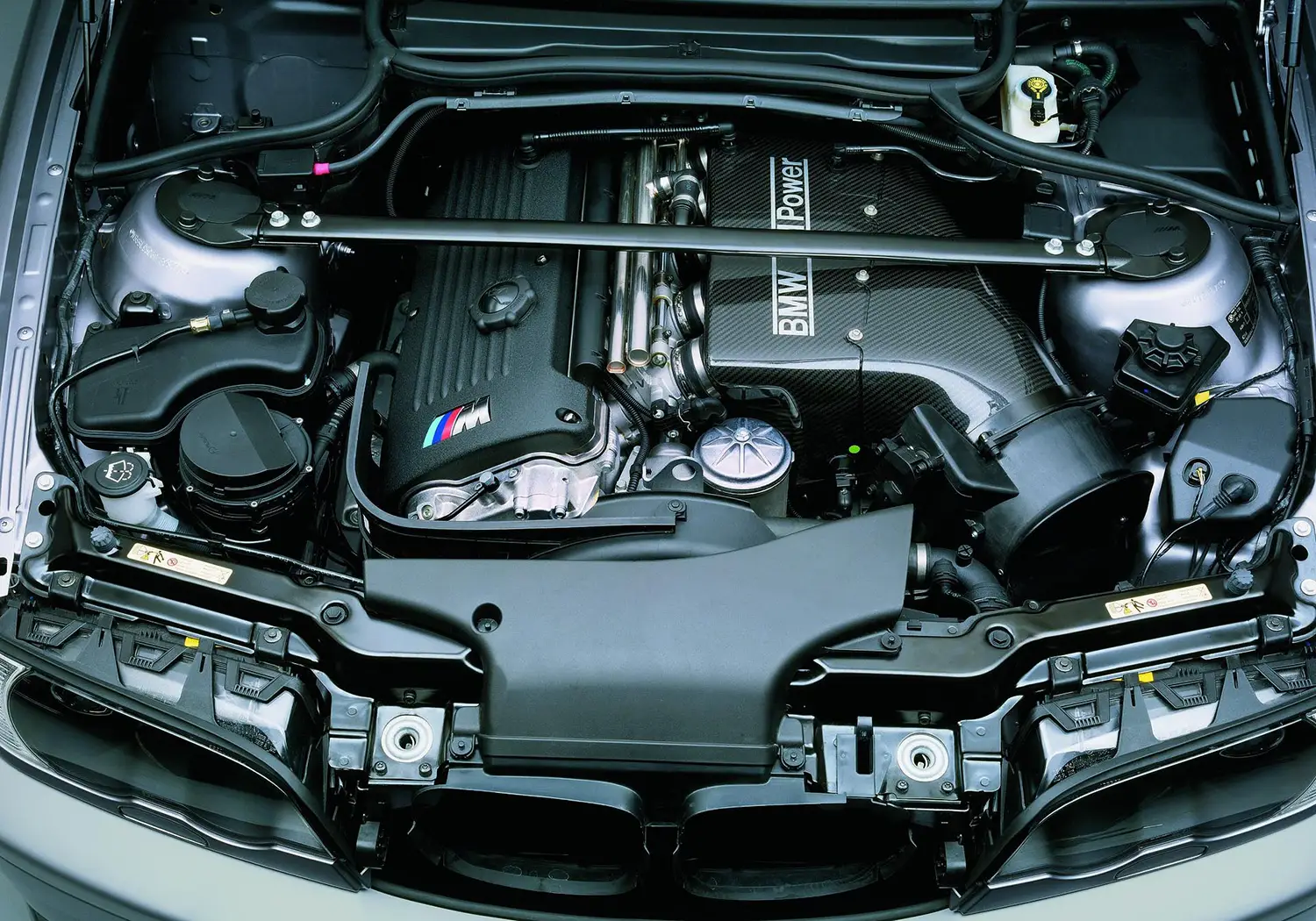
The Uprated Power Unit
Beyond weight savings, the power unit also received a substantial upgrade for the CSL. In this specific model, the engine now developed a maximum output of 265 kW, which translates to a robust 360 horsepower. This increase propelled the car into another performance league.
The combination of reduced weight and increased power resulted in a truly sensational power-to-weight ratio. It achieved an impressive figure of just 3.85 kg per horsepower. This made the M3 CSL noticeably more agile and dynamic than the standard M3 model.
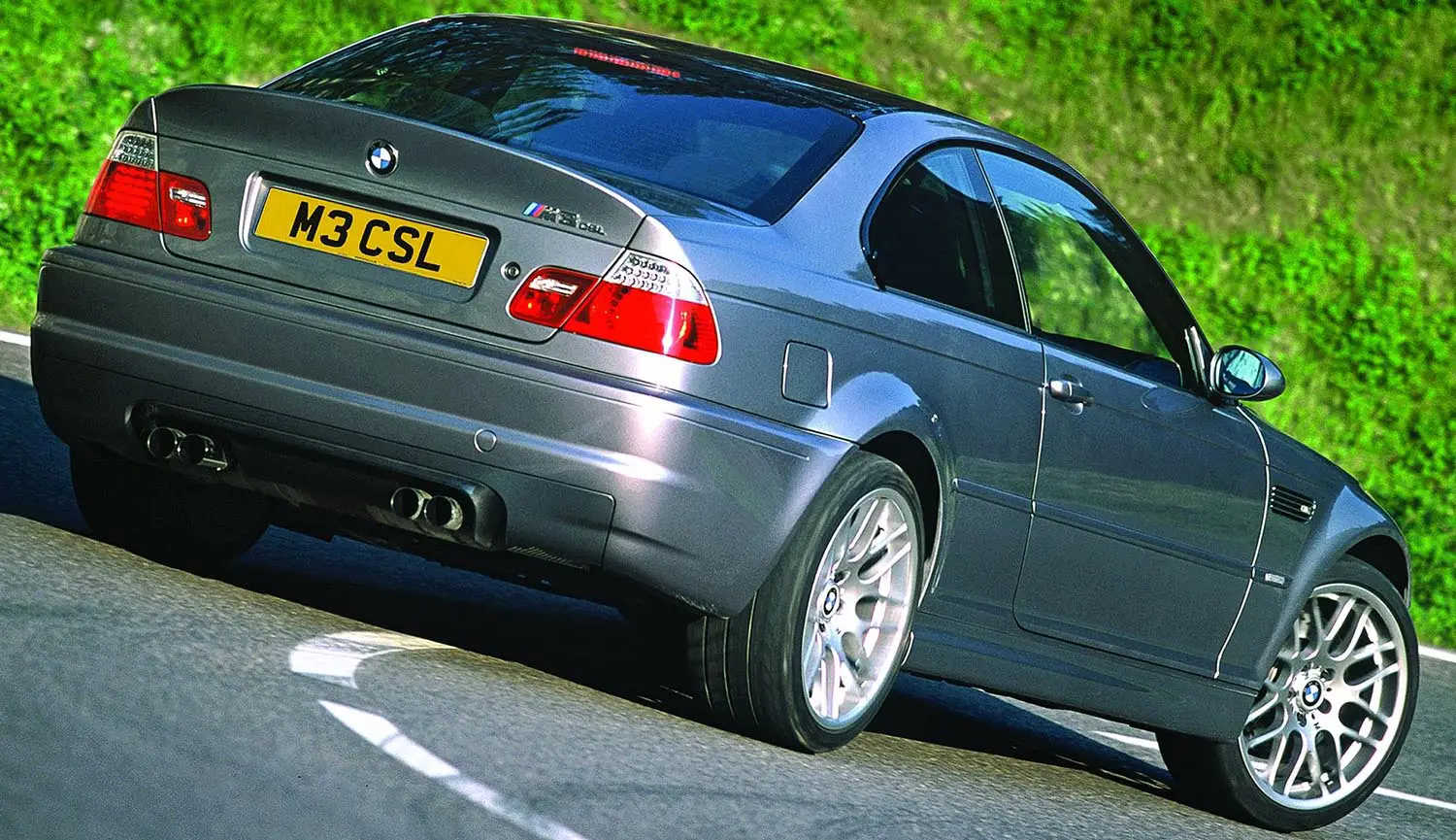
Blistering Performance Figures
The enhanced power and lightweight construction translated into staggering acceleration figures. The BMW M3 CSL could sprint from 0 to 100 km/h in a mere 4.9 seconds. Its acceleration continued with equal ferocity, reaching 200 km/h in an astounding 16.8 seconds.
While its top speed was electronically limited to 250 km/h (155 mph), this restriction did not diminish its track credentials. The CSL was designed for rapid, responsive performance on challenging roads and circuits alike. Every aspect of its engineering supported this goal.
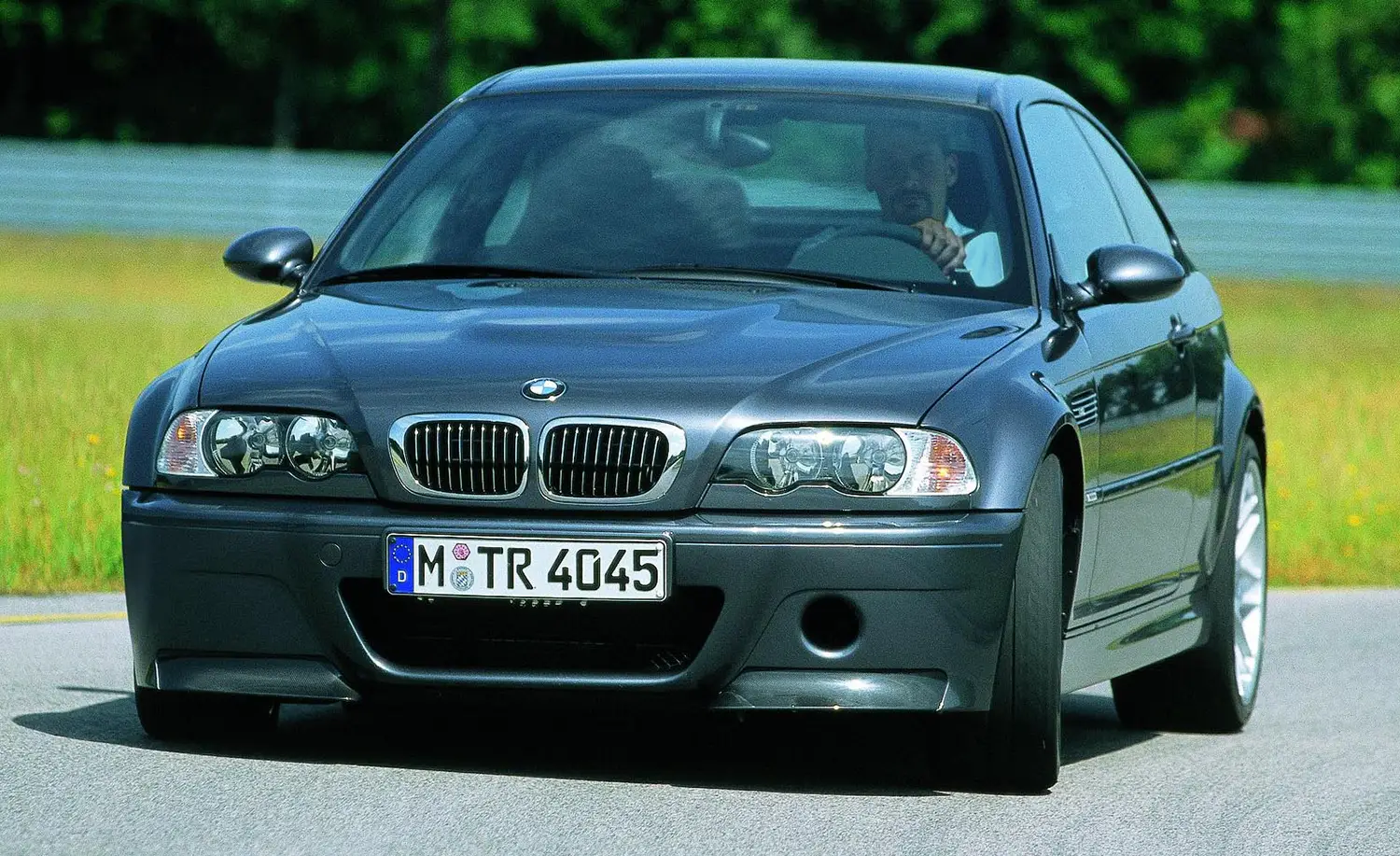
Sequential M Gearbox with Drivelogic
The lucky driver of the BMW M3 CSL benefited from several advanced technical assistance systems. Chief among these was BMW’s Sequential M Gearbox (SMG) complete with Drivelogic. This transmission was a game-changer for its time.
This special gearbox ensured incredibly fast gear shifts, completing them in just 0.08 seconds. This F1-style rapidity was achieved via paddles mounted on the steering wheel. It provided an immersive and engaging driving experience.
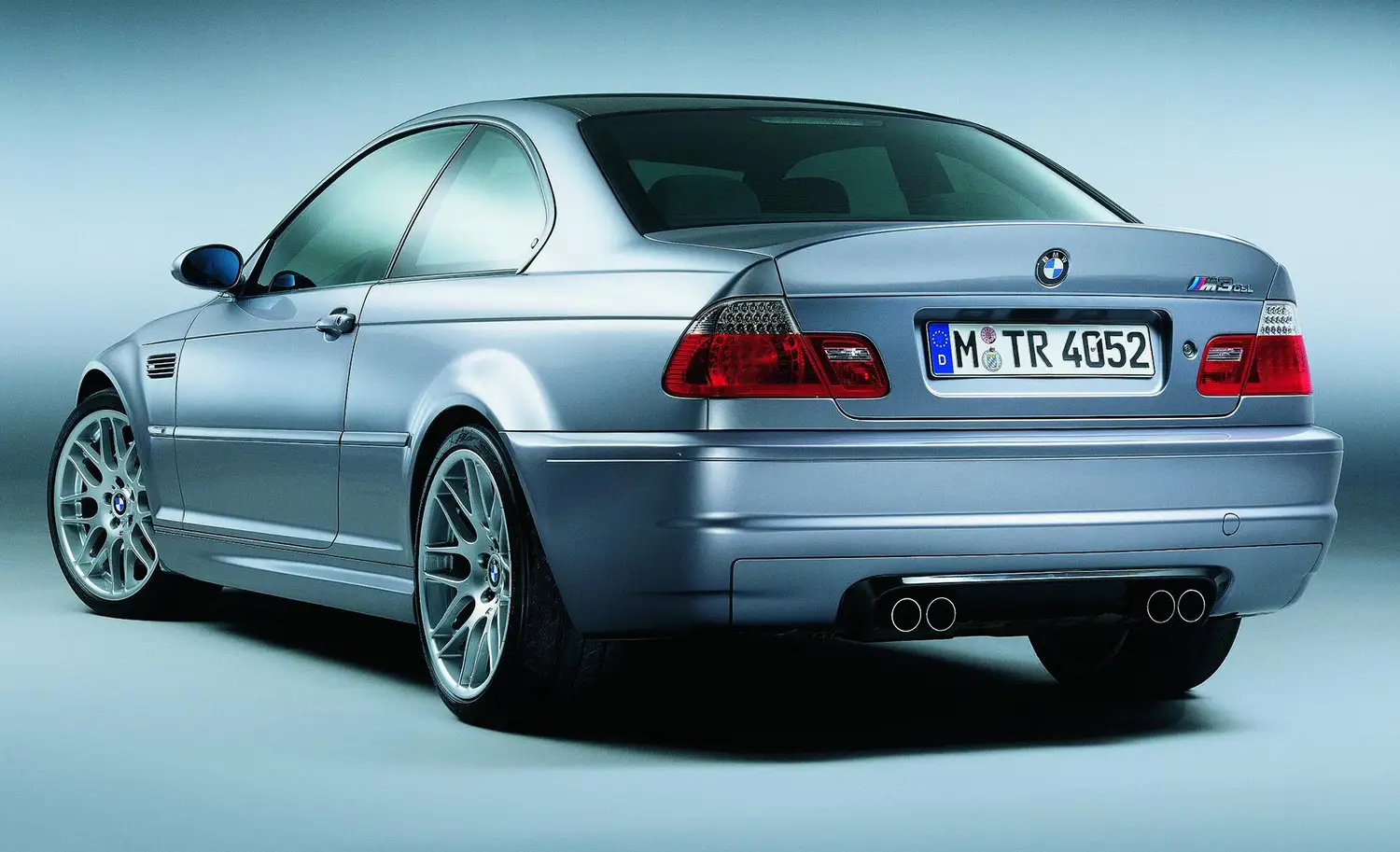
M Track Mode for Enthusiasts
The SMG system also featured an integrated Launch Control function. This allowed the BMW M3 CSL to accelerate from a complete standstill to its top speed without the driver needing to manually shift or monitor engine speed limits. It provided consistent, optimal starts.
A significant highlight introduced by BMW M GmbH was the M Track Mode, a special DSC (Dynamic Stability Control) setting. This mode was carried over directly from motorsport applications. It offered a higher threshold for electronic intervention, catering to experienced drivers.
Pushing the Limits on the Circuit
With M Track Mode engaged, optical indicators on the dashboard helped the driver on the race track. These indicators allowed them to maximize the car’s longitudinal and lateral acceleration within its physical limits. DSC would only intervene when the driver reached the absolute extremes of grip.
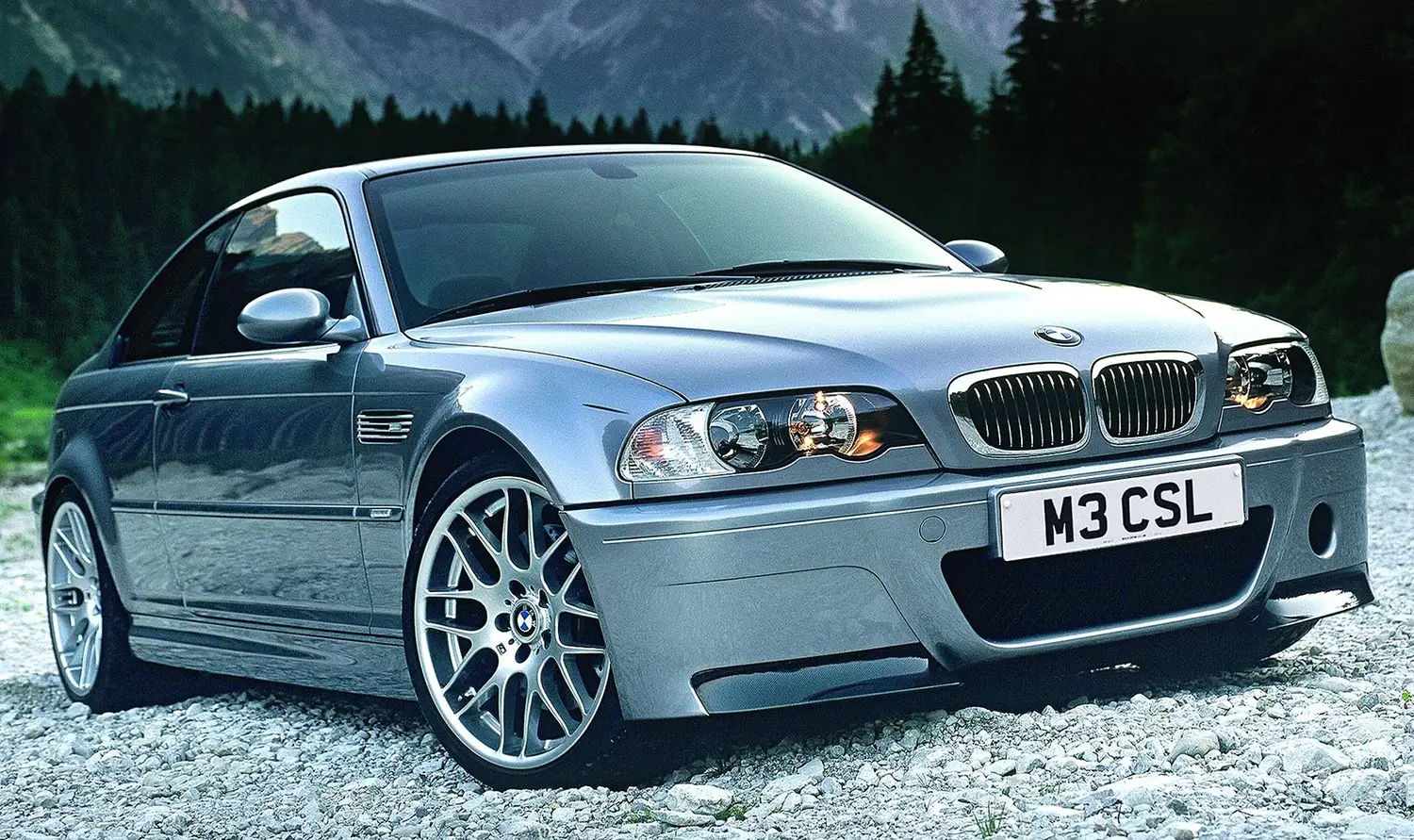
This innovative feature allowed drivers to explore the full capabilities of the M3 CSL in a controlled environment. It exemplified BMW M’s commitment to providing a truly driver-focused machine. The CSL was engineered for precision and performance.
Power, Engine Specs, and Performance Features
The 2003 BMW M3 CSL features an upgraded 3.2-liter inline-six engine, developing a potent 360 horsepower (265 kW). This power is managed by a cutting-edge Sequential M Gearbox (SMG) with Drivelogic, allowing for gear shifts as quick as 0.08 seconds. Thanks to its intelligent lightweight construction, the car weighs only 1,385 kg (3,054 lb), achieving an exceptional power-to-weight ratio of 3.85 kg/hp. Performance figures include a 0-100 km/h sprint in 4.9 seconds and 0-200 km/h in 16.8 seconds. Additionally, Launch Control and M Track Mode further enhance its track-focused capabilities.
Summary of the M3 CSL’s Legacy
The 2003 BMW M3 CSL stands as a pinnacle of intelligent engineering and motorsport heritage. It revived the “Coupé, Sports, Lightweight” philosophy with a modern interpretation, reducing weight strategically and boosting engine output to 360 horsepower. Its performance, aided by the rapid Sequential M Gearbox and the driver-centric M Track Mode, set a new benchmark for M cars. The CSL continues to be celebrated as a purist’s machine, embodying BMW M GmbH’s dedication to high-performance, driver-focused vehicles. Its brief production run further adds to its iconic status.
Disclaimer: Content on this site is for informational purposes only. Vehicle specs, pricing, and availability may change. Always verify details with official sources before making decisions. Opinions are those of the authors.
Source: BMW
